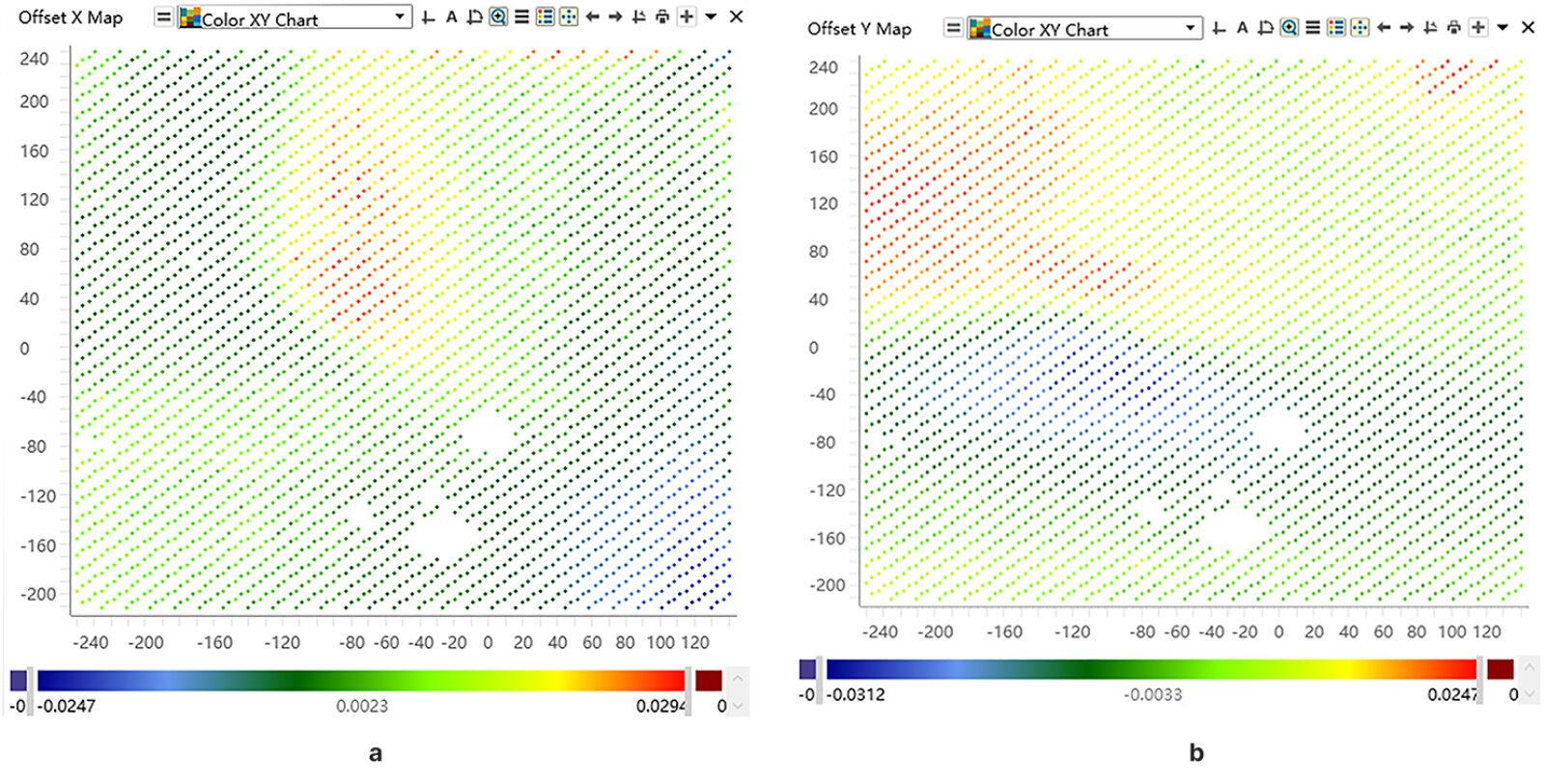Article posted on Feb 5, 2020


It is well understood that advanced packaging applications require high performance, low cost, increased functionality and improved reliability that 2.5D and 3D packaging solutions provide. Fan-out panel-level packaging (FOPLP) is one of the technologies that has the potential to meet these packaging requirements. Similar to fan-out wafer-level packaging (FOWLP), FOPLP processes reconstitute die on a substrate, in this case a rectangular platform that can be significantly larger than the standard 300mm diameter wafer form. In the reconstitution process, die are displaced from their nominal grid locations during the epoxy molding compound process and sometimes during subsequent processing steps. This fan-out technology delivers more space for redistributed I/O connections, providing increased flexibility for homogeneous and heterogeneous integration. Importantly, the larger panel format can support more packages per substrate than the 300mm wafer form, and the final package size can be increased by adding space between the die.
Although FOPLP processing has many advantages, it also faces significant challenges. One critical challenge is die placement error, which occurs when die are positioned during the reconstitution and molding process. These placement errors are amplified with the larger panel format when compared to reconstituted wafers, and errors of 50μm or more are not unusual. In order to guarantee acceptable yield, these errors must be corrected during the lithography process using site-by-site corrections. Conducting metrology and site-by-site exposures on the lithography system is very time consuming. Substrate alignment and error correction may be calculated using global alignment, but this correction does not accommodate nonlinear die placement errors. It has become clear that only site-by-site corrections can deliver the overlay required to maintain good yield. Executing site-by-site alignments in the stepper reduces throughput and increases cost enough to make that approach to FOPLP processes impractical. A new approach uses an external metrology tool to capture die placement error data from a panel and feeds that information forward. The “feed-forward” solution optimizes the stepper, site-by-site, for X, Y and rotation offsets, during exposure. Visualization of the metrology data allows the user to characterize upstream and downstream processes. Moreover, analytical capabilities predict yield as a function of exposure field size, thereby allowing the user to balance throughput against yield in real time. This solution can significantly increase stepper throughput, reduce cost and increase productivity while ensuring high yield.